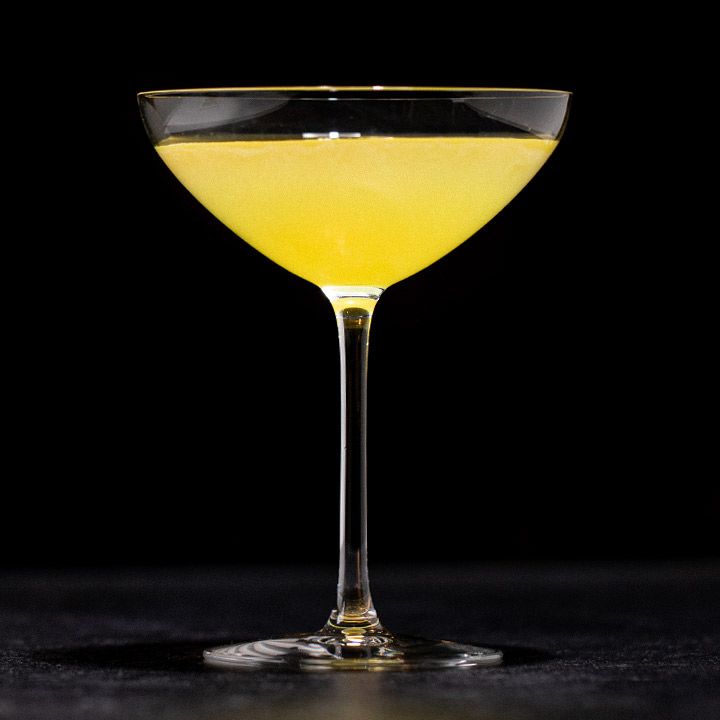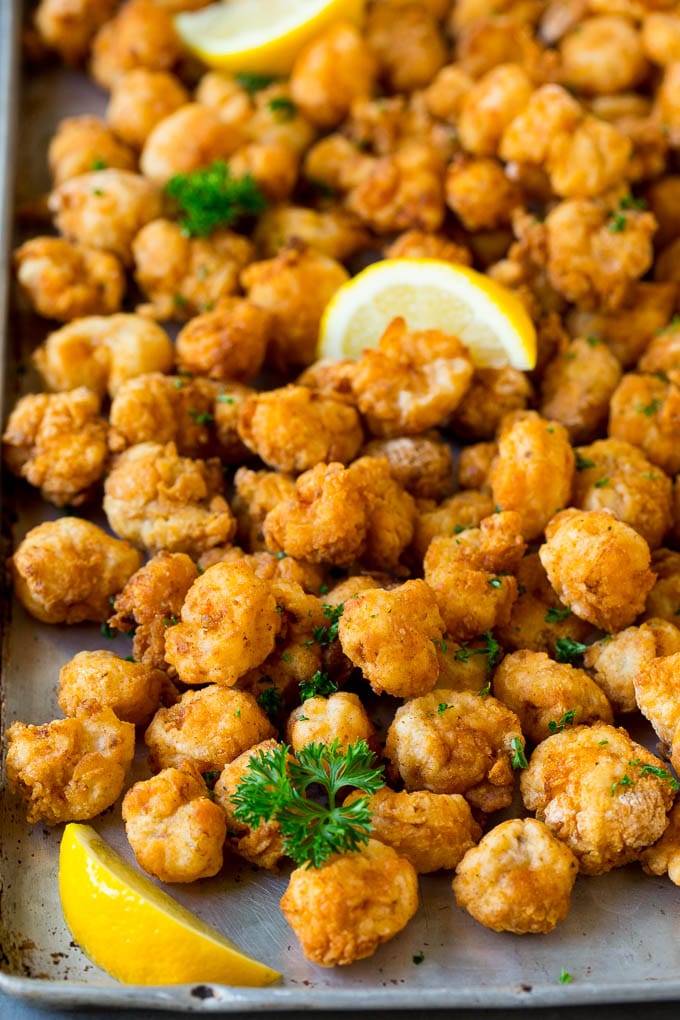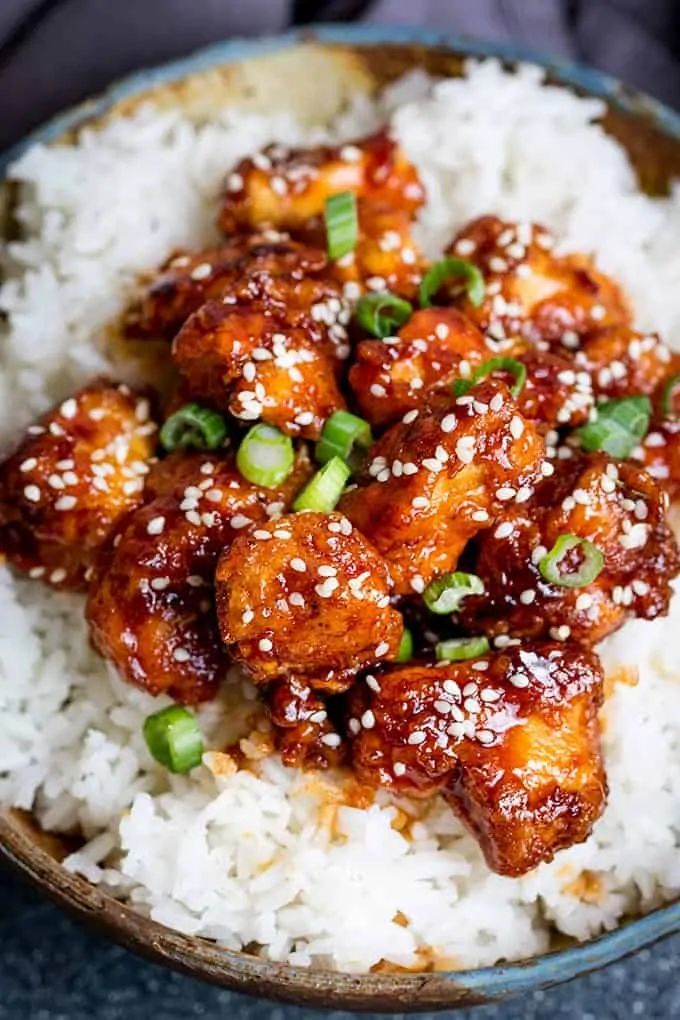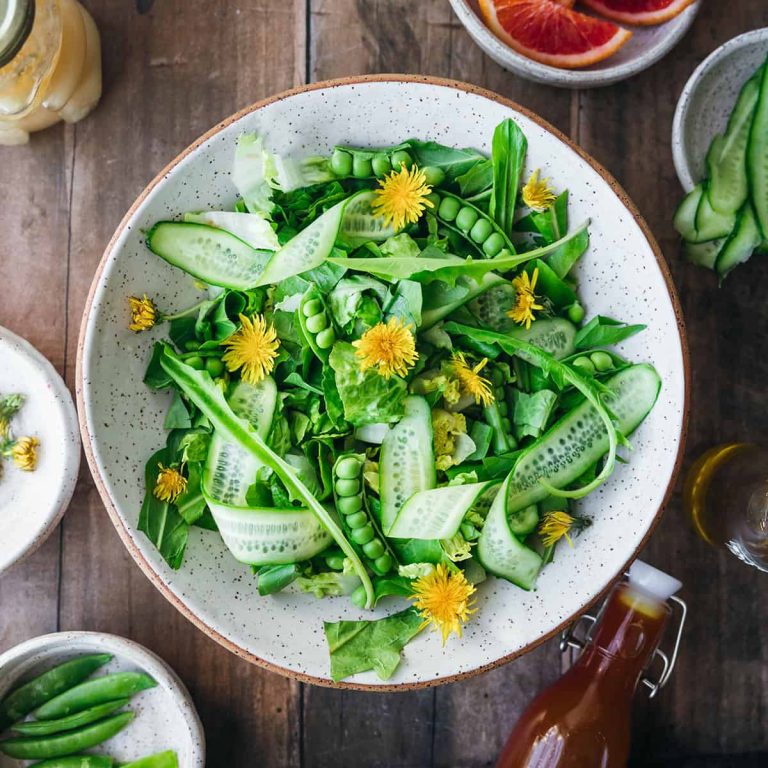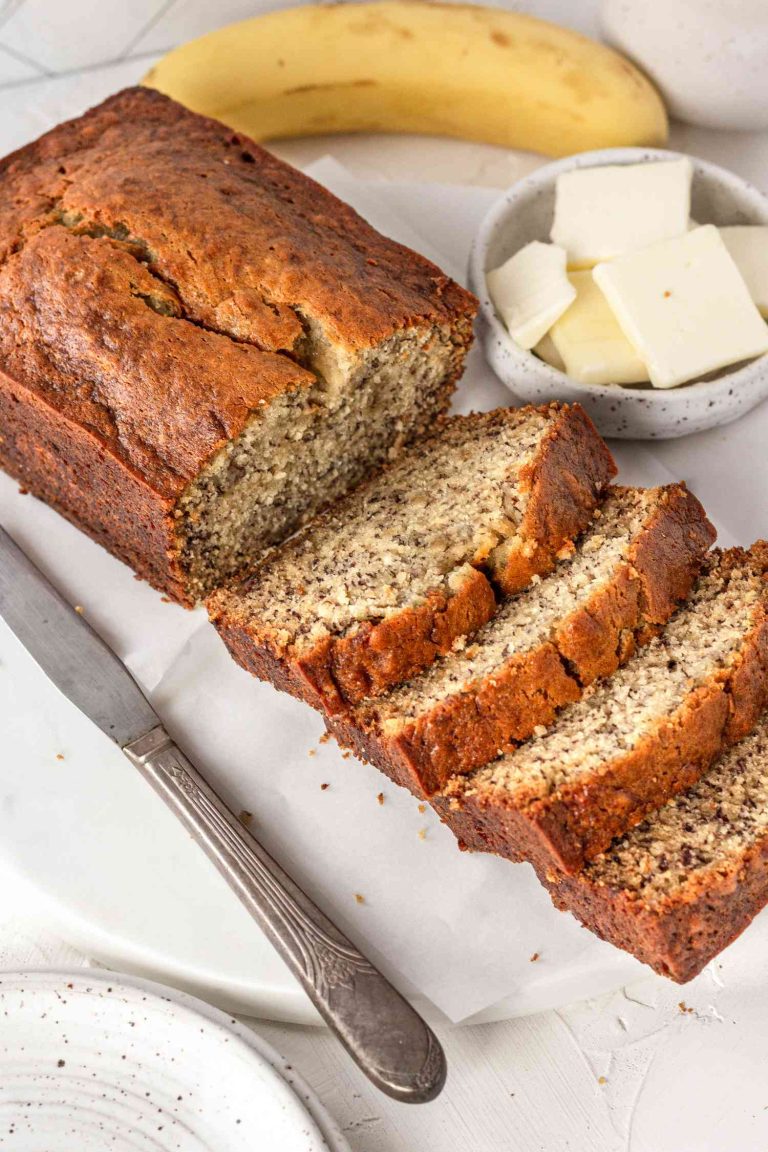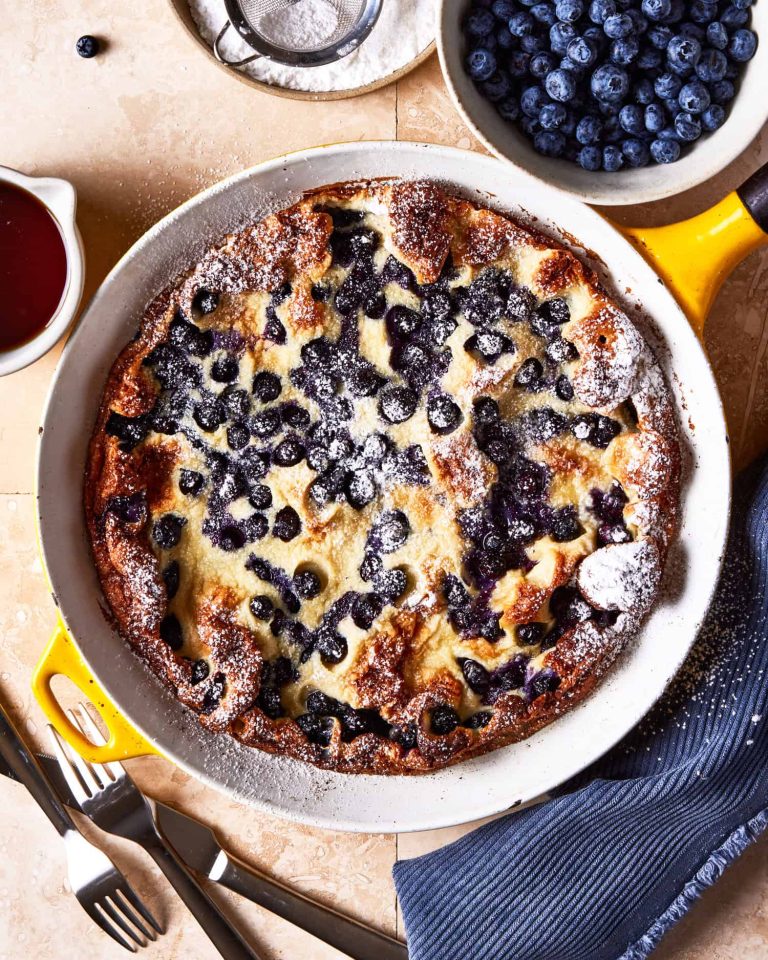Flying Dutchman Cocktail: Ingredients, Variations, and Tips
The Flying Dutchman Cocktail’s name derives from the legendary ghost ship, the Flying Dutchman. Sailors have told stories of this phantom vessel for centuries, claiming it as an omen of doom for those who encounter it on the high seas. This mystical background imparts an air of enchantment and curiosity to the drink, aligning with the captivating blend of flavors it offers.
Evolution Through the Years
Over the years, the Flying Dutchman Cocktail has seen various adaptations. Initially crafted with gin, triple sec, and fresh lemon juice, bartenders have since experimented with different types of gin and proportions. Some have even added unique garnishes or complementary ingredients to enhance its taste profile. Despite these variations, the core components remain unchanged, preserving the essence of the drink while allowing for creative interpretations.
Key Ingredients
Gin as the Foundation
Gin serves as the cornerstone of the Flying Dutchman Cocktail. With its origins rooted in juniper berries and various botanicals, gin offers a complex flavor profile. London Dry Gin, known for its juniper-forward taste, is traditionally used. However, some variations feature other gin styles like Old Tom or Plymouth to introduce subtle differences in taste. The type of gin you select significantly impacts the overall character of the cocktail.
The Role of Triple Sec
Triple sec, an orange-flavored liqueur, adds a crucial layer of sweetness and citrus notes to the Flying Dutchman. This component balances the strong botanical tastes from the gin. Popular brands like Cointreau or Combier are often chosen due to their high quality and pure flavor. Triple sec not only enhances the drink’s complexity but also brings out the fresh lemon juice’s tartness, creating a harmonious blend of flavors.
How to Make the Perfect Flying Dutch No. 1
Necessary Tools and Utensils
You need specific tools to craft the Flying Dutch No. 1 accurately. Each tool ensures precision and consistency.
- Cocktail Shaker: Mixes the ingredients thoroughly, essential for a balanced flavor.
- Jigger: Measures exact proportions, vital for maintaining the cocktail’s intended taste.
- Strainer: Removes ice shards and residues, ensures a smooth finish.
- Citrus Juicer: Extracts fresh lemon juice, adds authentic zest to the drink.
- Bar Spoon: Stirs efficiently, blends the components uniformly.
- Martini Glass: Serves the cocktail elegantly, complements its sophisticated nature.
- Measure Ingredients: Pour 2 oz gin, 1 oz triple sec, and 0.75 oz fresh lemon juice into a cocktail shaker. Use a jigger for precision.
- Combine and Shake: Add ice to the shaker, cap it, and shake vigorously for 10-15 seconds. This chills and dilutes the mixture evenly.
- Strain: Place a strainer over the shaker opening, pour the contents into a chilled martini glass, ensuring no ice shards mix in.
- Garnish: Optionally, garnish with a lemon twist to enhance aroma and presentation.
- Serve and Enjoy: Present your Flying Dutch No. 1 immediately for the best experience.
Variations of the Flying Dutchman
Popular Alternative Recipes
Bartenders create popular alternative recipes by tweaking the Flying Dutchman’s core ingredients. Some include:
- Floral Dutchman: Replace standard gin with a floral gin like Hendrick’s and add a splash of elderflower liqueur.
- Herbal Dutchman: Use Old Tom gin and add a few dashes of herbal bitters for a robust, earthy flavor.
- Citrus Dutchman: Enhance the citrus notes by using orange-flavored gin and adding a dash of lime juice along with the standard lemon juice.
Tips for Customizing Your Own Version
Experimentation helps you customize your Flying Dutchman cocktail. Consider these tips:
- Gin Selection: Choose different types of gin, from London Dry to Plymouth, to find the juniper profile that suits your taste.
- Sweetness Adjustments: Use various triple sec brands, like Cointreau or Combier, to control the level of sweetness and citrus.
- Garnish Variety: Switch up garnishes, such as using an orange twist instead of lemon, or adding a sprig of fresh herbs to complement the gin’s botanicals.
Incorporate these suggestions to make each cocktail creation unique while retaining the cocktail’s essence.
Serving and Presentation
Ideal Glassware
Use the right glass to enhance your Flying Dutchman Cocktail experience. Serve this cocktail in a classic coupe glass, which showcases both the visual and aromatic qualities. The shallow bowl of the glass helps concentrate the aromas, letting you fully enjoy the drink’s complexity. Alternatively, you can choose a martini glass if you prefer a more modern presentation.
Garnishes and Presentation Tips
Opt for well-chosen garnishes to elevate your Flying Dutchman Cocktail. Common choices include orange twists and fresh herbs like rosemary or mint. Place the orange twist on the rim or float it in the drink for a touch of elegance. Fresh herbs can add a contrasting visual and aromatic dimension, enhancing the cocktail’s appeal. Experiment with different garnishes to find what best complements your version of the Flying Dutchman. Ensure that the garnish is fresh and vibrant, as presentation plays a crucial role in the drinking experience. Use a chilled glass to serve the cocktail, ensuring it remains cool and refreshing from the first sip to the last.
Conclusion
The Flying Dutchman Cocktail is more than just a drink; it’s an adventure in a glass. By experimenting with different ingredients and presentation styles, you can create a truly unique experience tailored to your tastes. Remember, the key to a memorable cocktail lies in the details – from the quality of your ingredients to the final garnish. So, next time you’re looking to impress or simply indulge, let the Flying Dutchman be your go-to choice.
